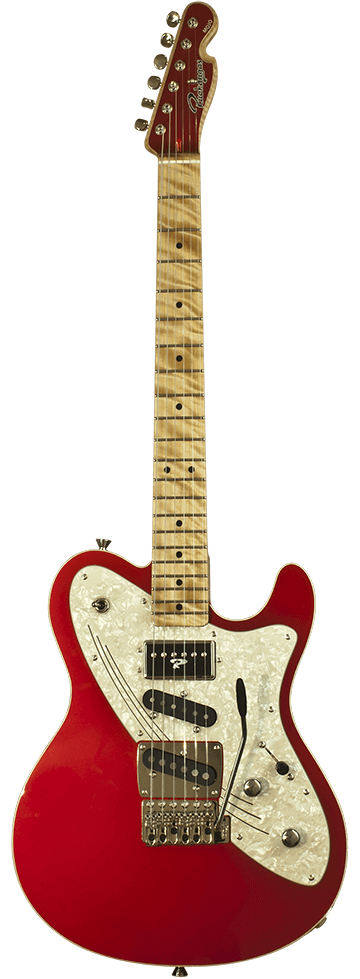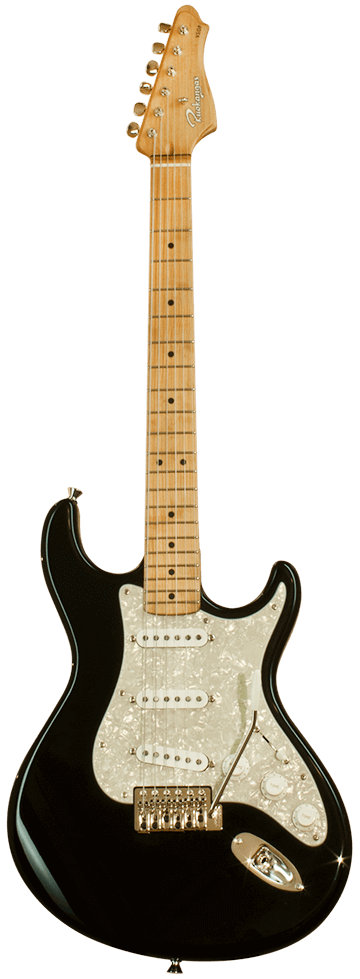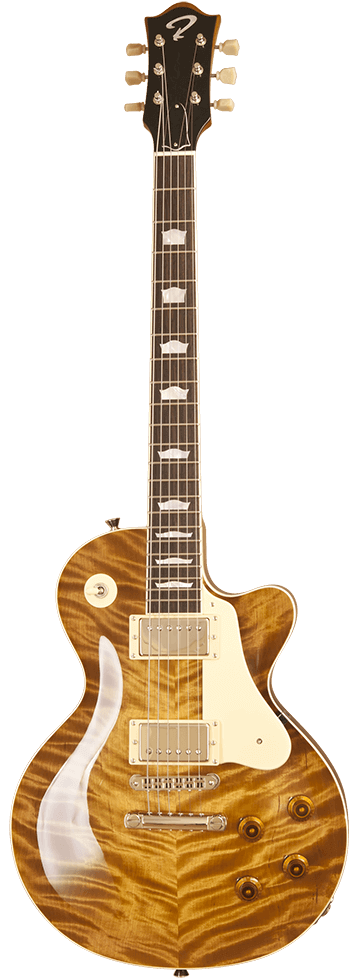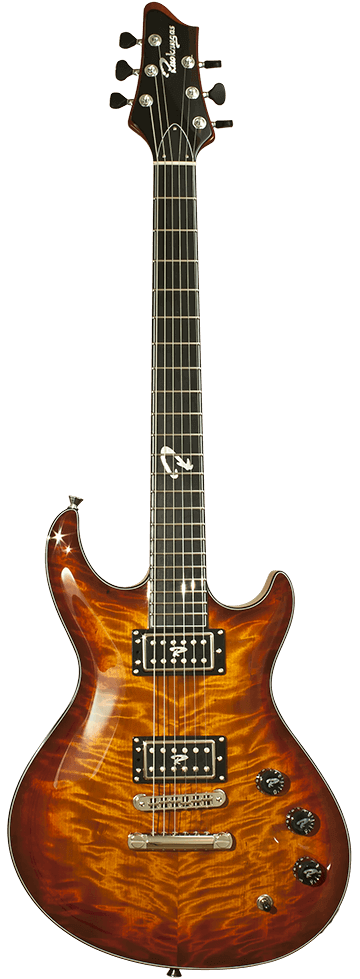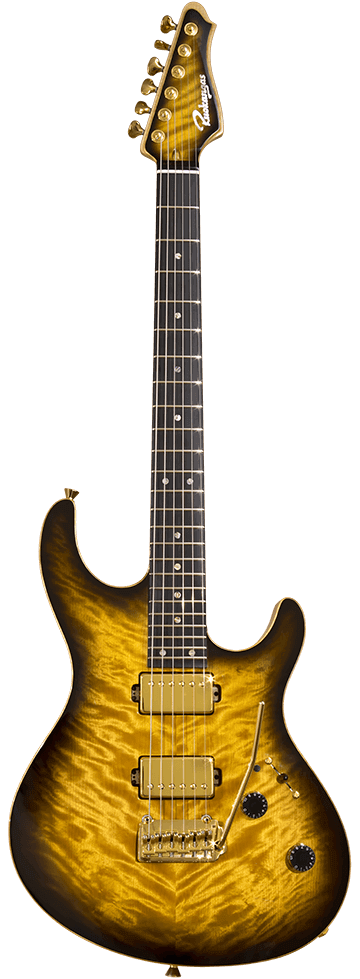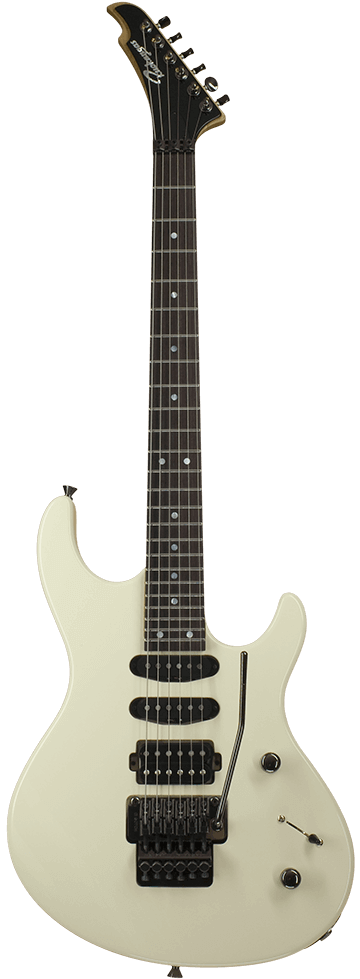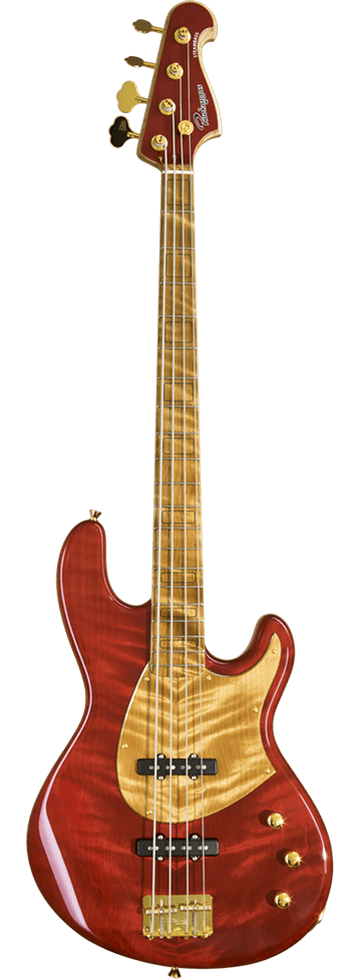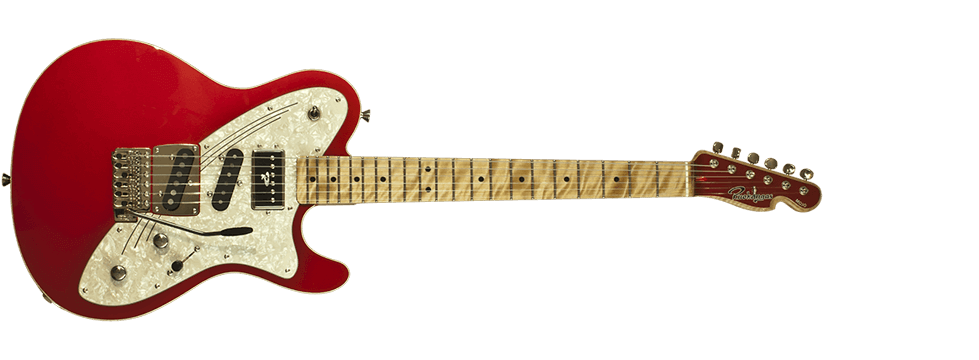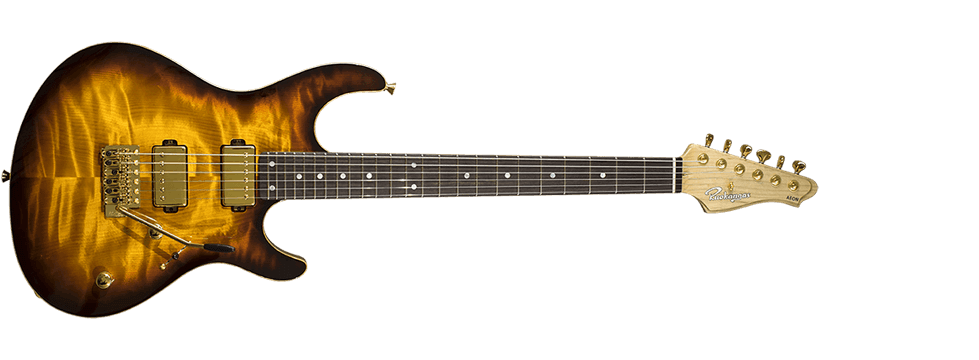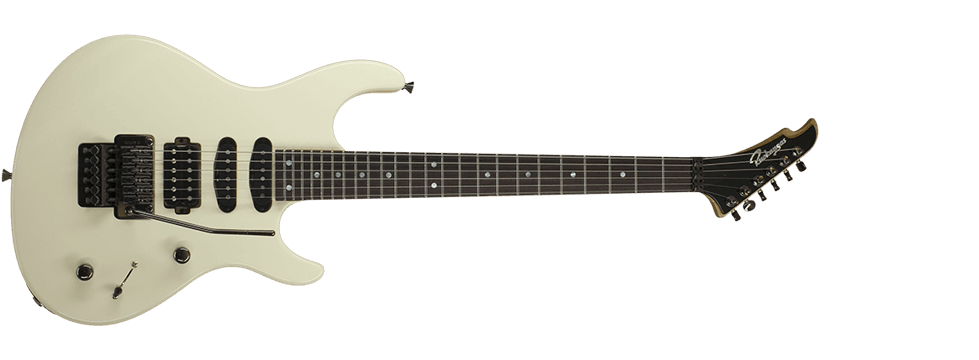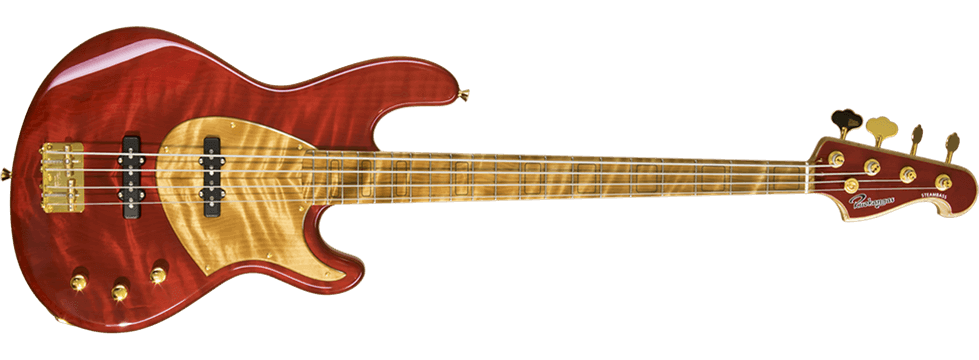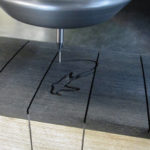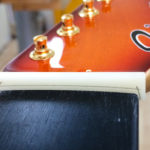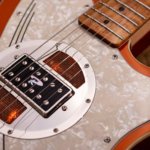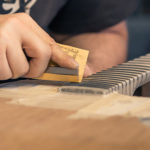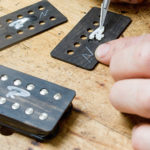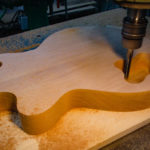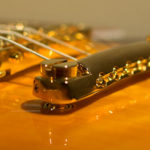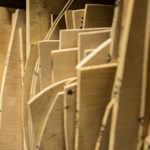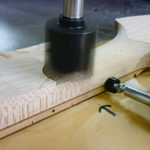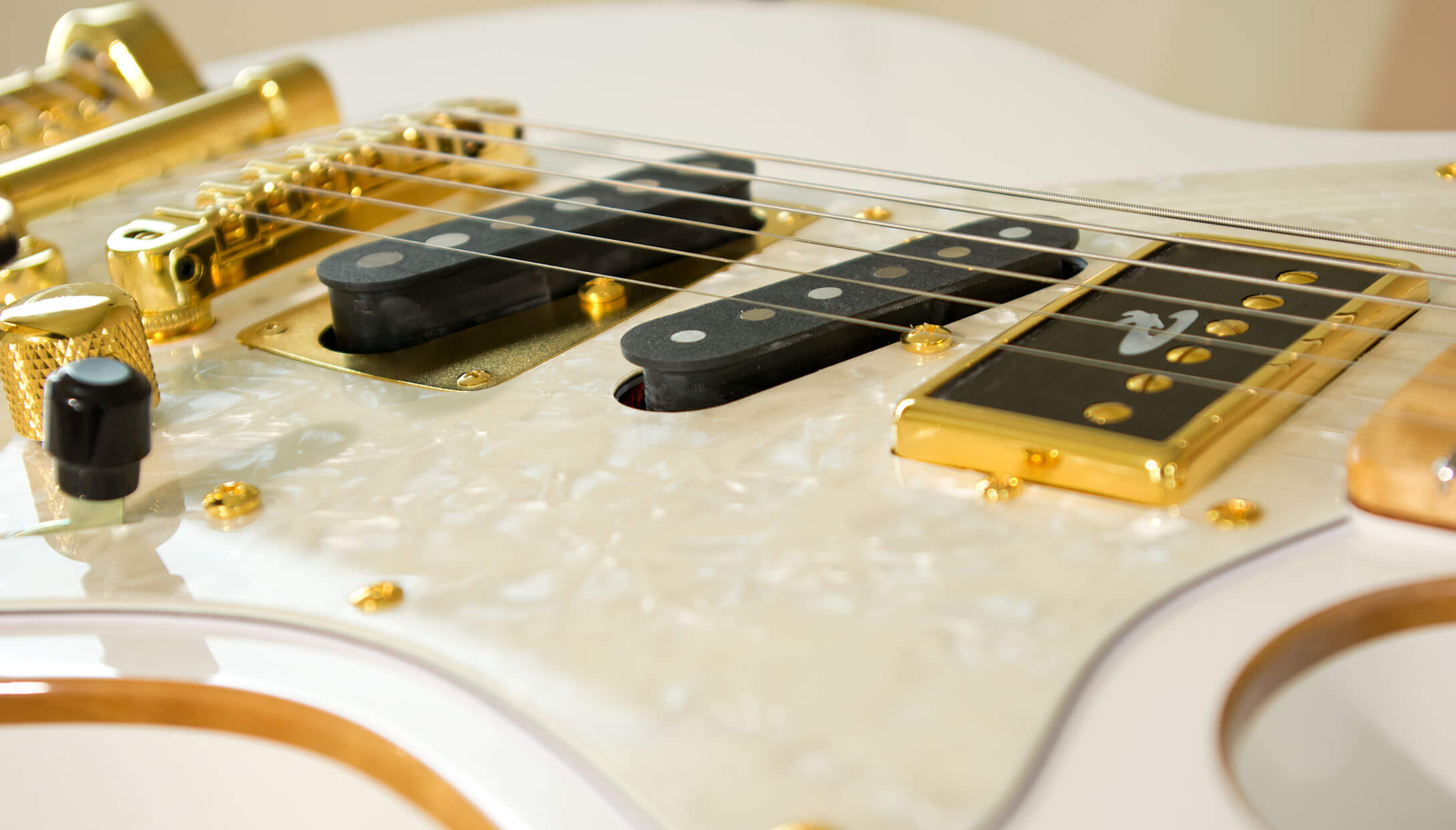
IT’S ALIVE!
Amplified, naturally
An electric guitar is a living being. It behaves differently when taken into different spaces, when held by different people, or taken into different climates. It’s alive.
The electric guitar pickup can be in some ways compared to a vocal microphone. No matter how expensive and state-of-the-art microphone you put in front of me, I won’t sound like Frank Sinatra, unfortunately. I will sound like me. The microphone can sculpt my voice by filtering or boosting frequencies, but the purpose of the microphone is not to colour my voice. The purpose of a pickup is to listen to and pick up my voice, so that it can be amplified in the most natural way possible.
Sculpting the voice of your guitar
I look at a guitar pickup in this exact same way. One can claim that the magnetic pickup only picks up the vibration of the strings – not the sound of the guitar. Yes, that is true.
However, the way the strings sound – the way the harmonics of strings are enhanced or cancelled, is strongly affected by the object the strings are attached to. In other words, the guitar itself makes a huge difference.
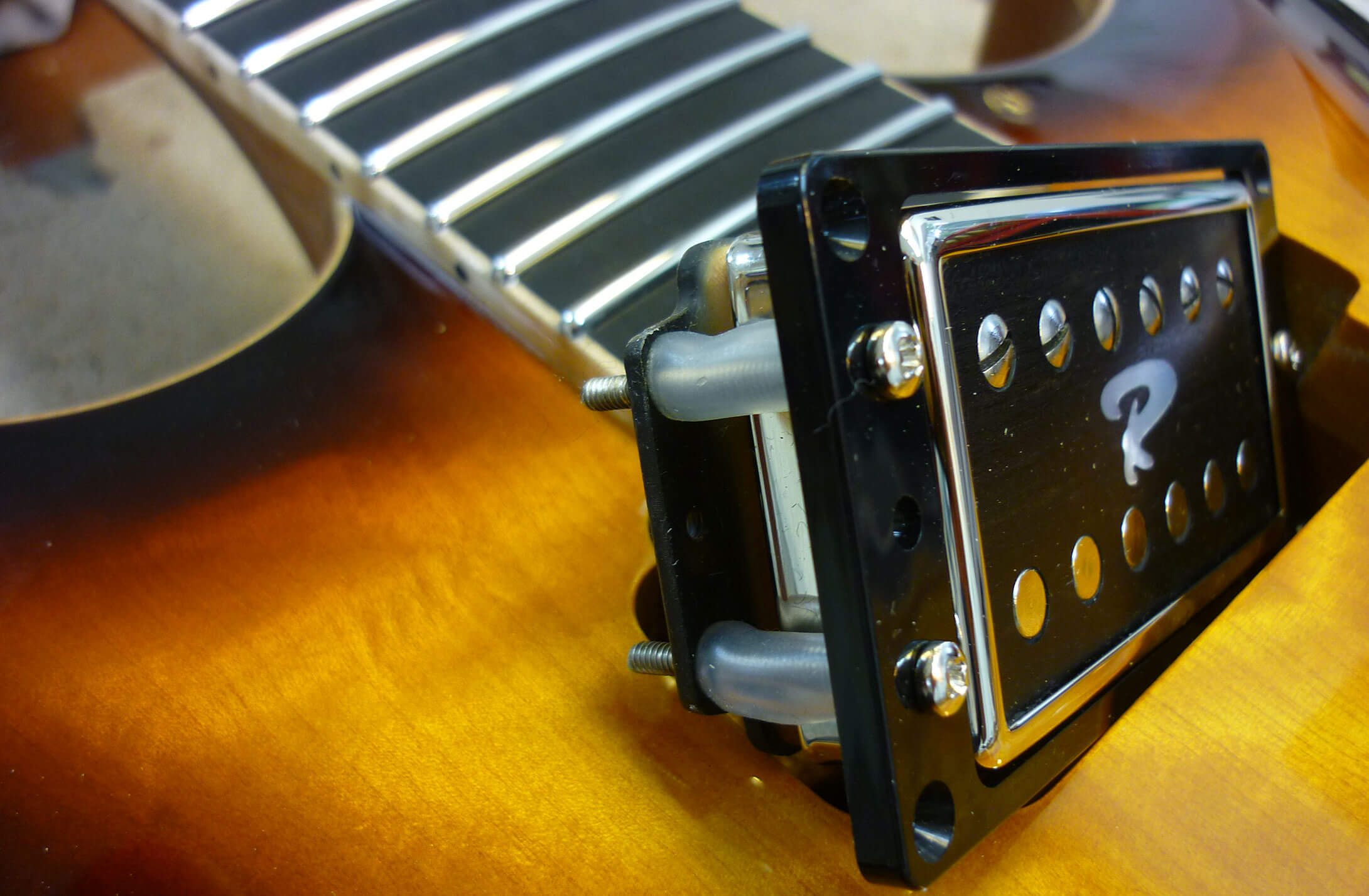
WILL CHANGING THE PICKUPS HELP?
Too muddy waters?
A typical scenario is that a guitar sounds dark and muddy. The player wants to improve it by changing the pickups.
To some extent this may work ok – but only if the reason for the muddiness tracks down to the original pickups. Often, however, it is the acoustic properties of the guitar dictating what the amplified sound is like.
No matter what pickups you put into an acoustically dark sounding electric guitar, the muddiness will come through into the amplified tone.
You can finetune the sound and alter the way the guitar drives your amp by changing pickups, but the foundation (the guitar itself) needs to be right. The acoustic sound of your guitar needs to be healthy.
How to cut through in the mix?
Another example – a great sounding electric guitar typically needs to have a good dose of certain mid frequencies and sparkling highs to cut through in the mix. If your guitar doesn’t provide those frequencies acoustically, you’re screwed. Changing pickups won’t help – if the frequencies are not there, they’re just not there. A pickup can’t put back something that doesn’t exist.
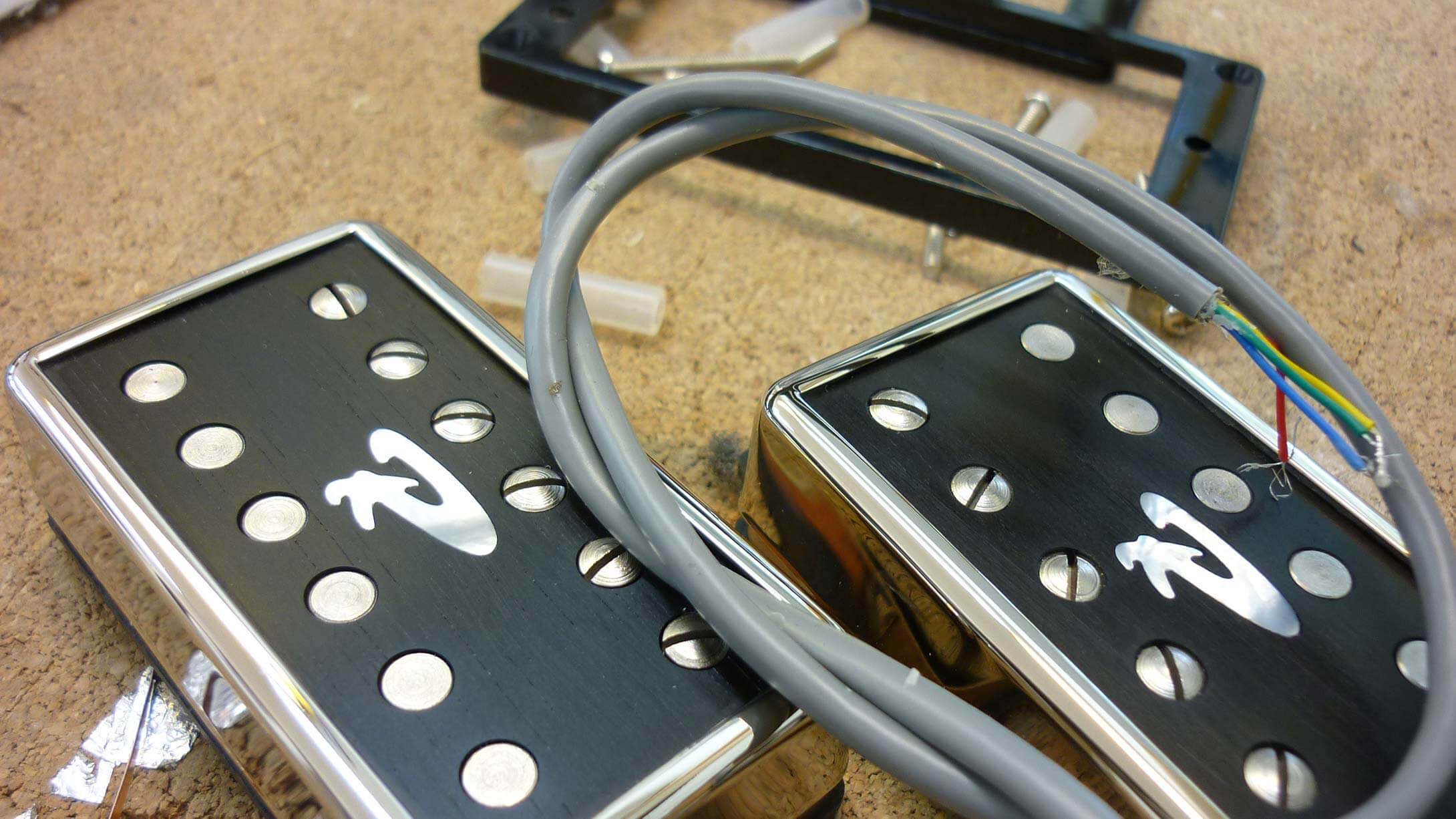
THE SECRET OF GREAT TONE REVEALED
The acoustic feedback
To add some more elements to the already a complex phenomenon, we also have to deal with the “acoustic feedback”. By this term I mean the sound waves created by the space (room, hall or whatever) in which we’re playing the guitar. The louder the amp, the more it will feed back into the parts of the guitar and the strings, making them vibrate differently – cancelling or coupling frequencies – further sculpting the sound. I describe this phenomenon in more detail in another article, called the Tone Talk.
I sound different from you
And let’s not forget the player! The same guitar can sound completely different in the hands of someone else than you.
Stand out from the crowd
I often refer to great tone with attributes like ‘transparent’, ‘dynamic’ or ‘healthy’. When the acoustic sound of an electric guitar is healthy to start with, it is a rewarding situation to choose pickups to that guitar. Why? Because now the function of the pickup is not to do all the work, but to amplify the healthy sound of the guitar in the most natural way. If desired, we might want to tweak a bit of this and that with the characteristics of the pickup.
In an extreme musical genre, such as metal music, the tone of the guitar is typically processed to a dramatic extent. Now we might want to push the envelope a bit further with the choice of pickups. Still, no matter what the music style – it is so much easier to make the amplified sound to stand out from the crowd in an exceptional way, when the guitar itself sounds healthy to begin with.
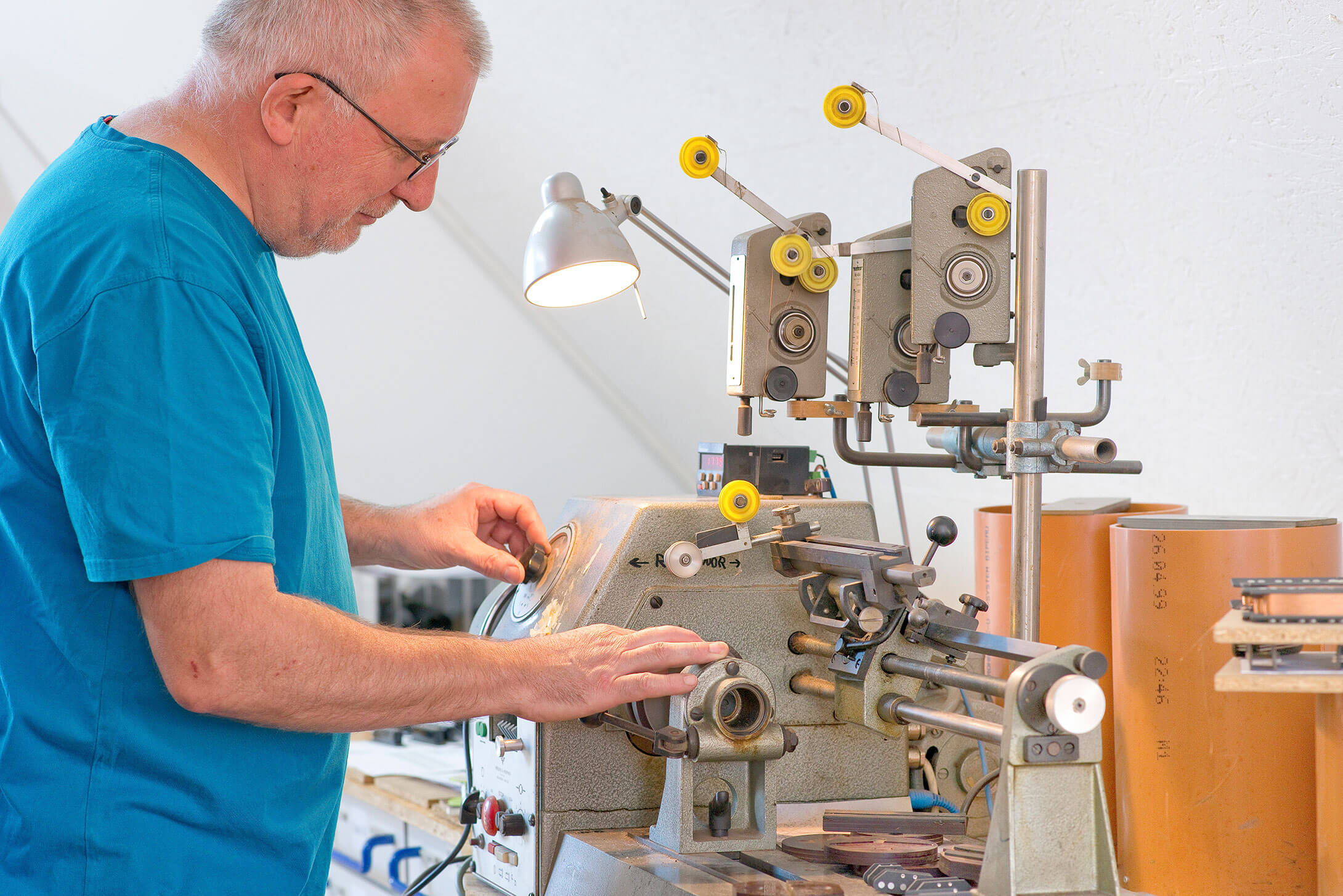
WORKING WITH HARRY HÄUSSEL
Precision engineering from GermanyI realised very early on my career, that I couldn’t do everything by myself. I just didn’t have the time. And, I’m not really a solo act by my heart and soul. I enjoy better working in a team.
One of the first people I ever teamed up with was Harry Häussel from southern Germany. I got to know Harry towards the end of 1990’s as we met at the Frankfurt Musikmesse. I had some ideas regarding pickups for my guitars, and I felt from the beginning that we were very much on the same wavelength.
My first own pickup comes alive
Our first project together was the design of my first “own” pickup. I had worked out some parameters for these humbuckers already with a Finnish guitarist Peter Lerche. Harry made me prototypes with different magnets and coils, until we settled on to what was then named the Dukebucker.
Dukebucker
The Dukebucker is a low output pickup. Especially the neck unit is unique with significantly less winding than neck humbuckers would traditionally have. Our idea was to make these pickups clear and wide spectrum. So even if they’re in the same ballpark with classic PAF style pickups output-wise, they do have a distinct character of their own, that functions very nicely together with my guitars.
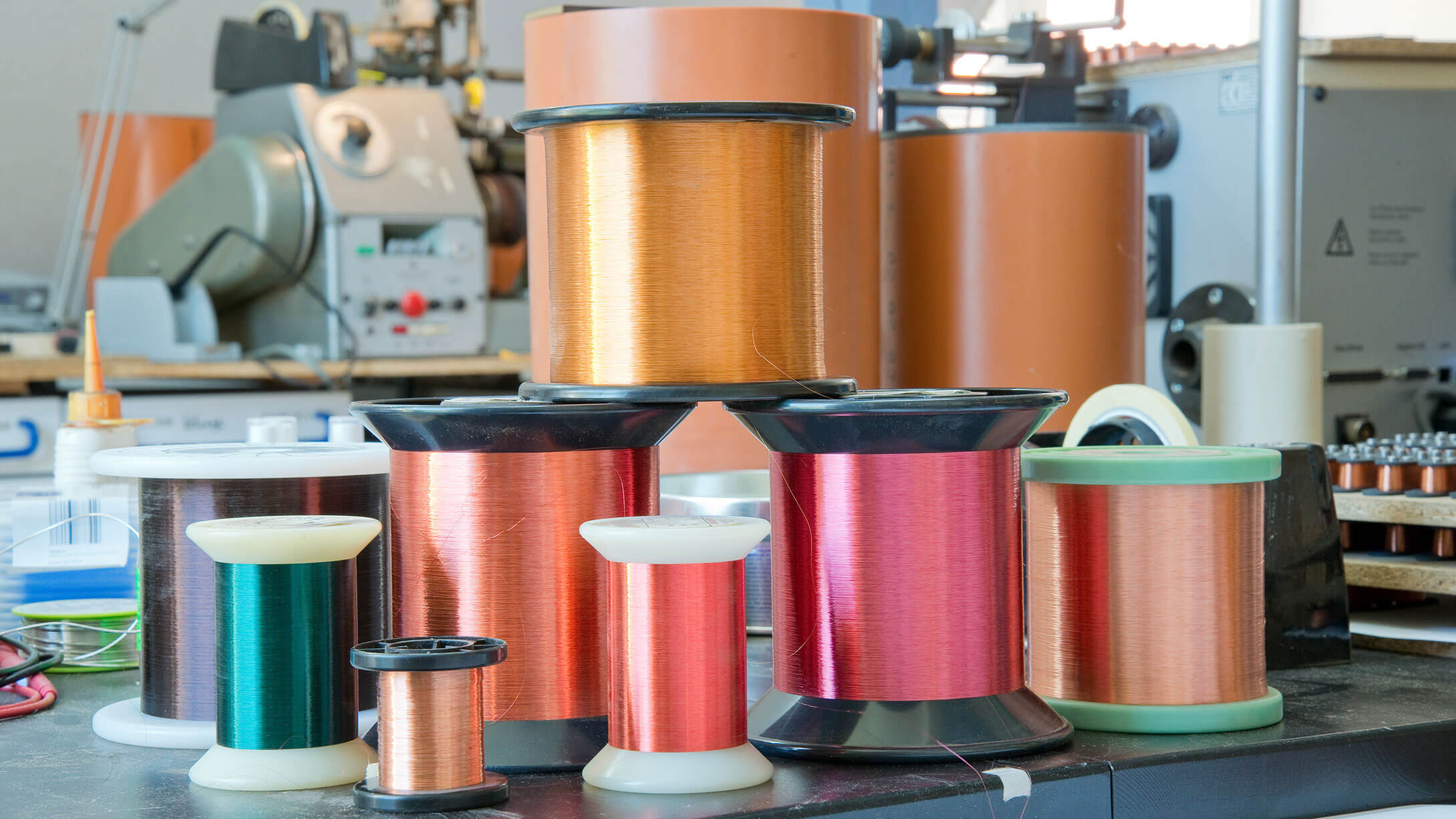
DO YOU NEED MORE OOMPH?
What the hell is he talking about..?
We use also many of the Häussel standard pickups such as Broad or BigMag for our Mojo, or Tozz for the Hellcat, but over the years we’ve come up with quite a few tweaks of our own, and Harry has had never ending forbearance to continue working with me, pushing the envelope further.
Typically our phone calls regarding a new pickup could be something like me explaining in a very obscure way: “This guy wants more “oomph” to his bridge pickup – can you do that?”. Harry would patiently ask me a few more questions to understand what the hell am I talking about. Sometimes he might just simply respond: “Yeah, I think so – I’ll send you something to try out”. And most of the times he nails it on the spot!
Singlecoil dynamics
Another example of our own pickups are the SingleSonics, that we launched in 2001. I’ve always loved P90 pickups, and I asked Harry if we could make me something that looks like the Dukebucker but has the characteristic P90 sound. The pickup is almost like a P90, but not quite, cause the magnets are different size. Nowadays we use the SingleSonic in many different guitars.
In VSOPs it would be often in calibrated sets of three, whereas in a Mojo the SingleSonic would be in the neck position. This pickup is one of my all-time favorites. It mixes extremely well also with the Dukebuckers.
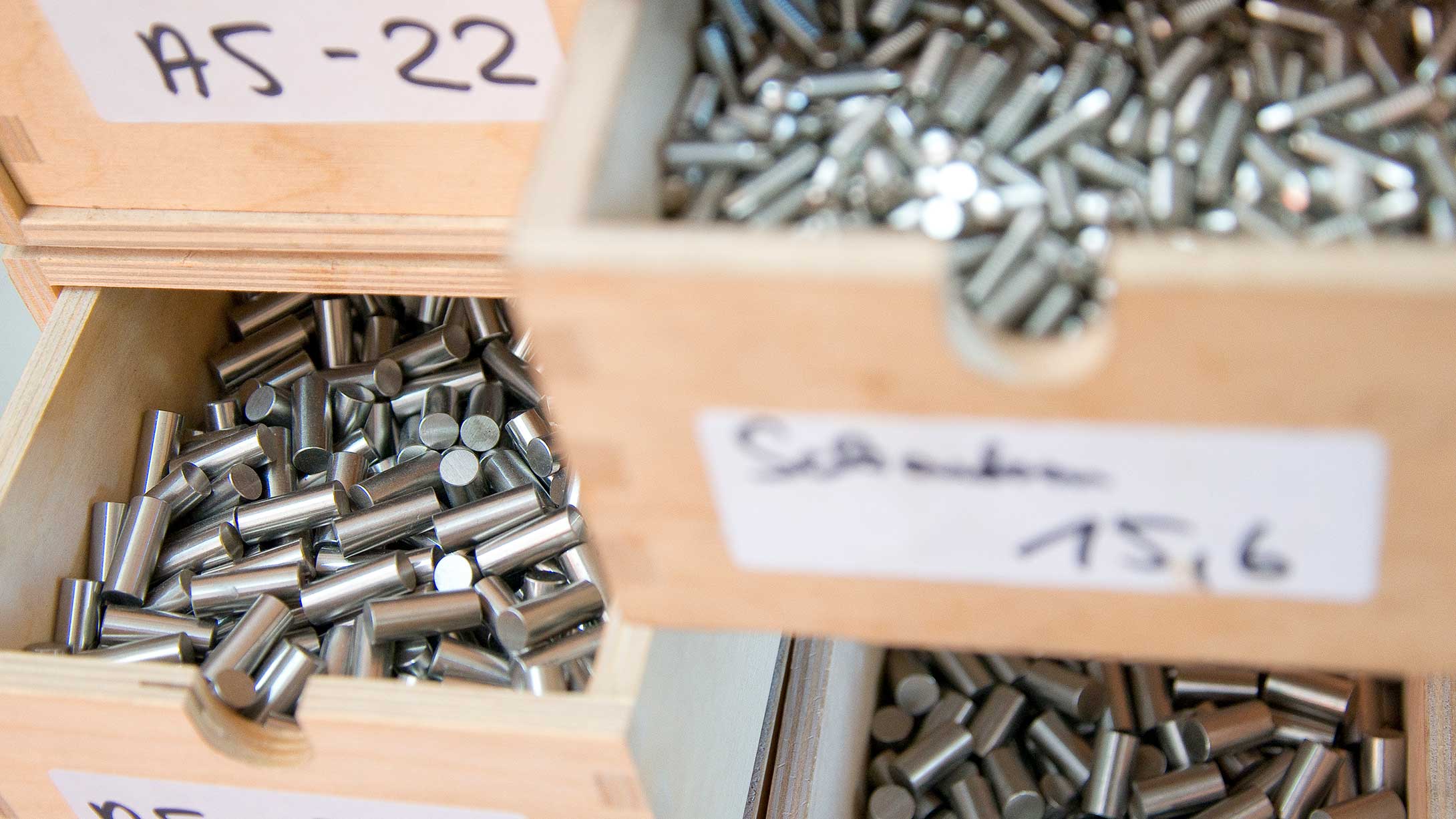
A TOAST FOR US TONE FREAKS!
Sound matters
I admit it. I’m a tone freak. But I resign from “buying” the preconceived opinions of how to get the best sound. Even if hearing sound is an emotional experience for me, I approach the sound matters from the same pragmatic angle as I approach every aspect in making the actual guitar. I study carefully what exists already. I experiment, and eventually make up my own mind based on a vast array of criteria. Some examples follow.
Staggered polepieces or not?
We have singlecoil pickups called the VS Classic and VS Blues. They’re not too far from Harry’s own ST Classic and Blues – which are really great pickups as they are. It’s just that we wanted a couple of tweaks, such as radiused polepieces rather than staggered. We also wanted screened cables than cloth-covered vintage type.
It’s the little tweaks
We wanted these little changes, cause I’m not so much into the “tradition for the sake of tradition” thinking. The staggered polepieces, for example – they made perfect sense back in the 1950’s when the only type of strings available were heavy gauge, with wound G string. The materials used in strings were different, too.
The staggered polepieces were introduced at the time to compensate the uneven response of those old timer strings. Today, as the strings available are better made and more balanced, radiused polepieces make more sense to me. But hey, no reason to be offended. Certainly there is no right or wrong in these matters. If you feel that staggered poles are the secret to the greatest tone, then that’s the way for you to go.
Gimme Steam
There is one quite unusual story related to our pickup developments elsewhere on this website. The spotlight article I’m referring to is called Gimme Steam, and it tells how the pickups for our Steam bass were born.
SOUND MATTERS
One example of how versatile a guitar with two humbuckers and a P90 can be. This guitar was custom made for Antti Paranko. The pickups are the Unibuckers with the added HB sized P90 in the middle. The pickups are operated via a Freeway 6-position toggle switch. Controls: Master Volume, Master Tone, HB shared Vol, P90 Vol.
Doesn’t the magnetic pickup only pick up the vibration of the strings – not the sound of the guitar? True. However, the way the strings sound – the way the harmonics of strings are enhanced or cancelled, is sculpted by the object the strings are attached to. In other words, the guitar itself makes a huge difference.
– Juha Ruokangas
WHAT ARE THE BEST PICKUPS FOR ME?
Use the Guitar Creator to learn
The purpose of this article is to help you understand why our choice of pickups is what it is. It is not a tech spec article that would provide you full information about our pickup options. For that information, you’ll get the best overview of our current choice of pickups from the Guitar Creator.
Let’s figure it out together
If you have any questions about our pickups after educating yourself with the help of the Guitar Creator, just send us email and we’ll figure it out together. Our common choice of pickups is not carved in stone, either. In other words – we’re happy to listen to your special wishes. Sometimes we install Kloppmann, Lollar, Fralin, Bare Knuckles, etc. There are so many great pickups in the world!
The future of the electric guitar pickup?
Just when you thought this long and winding article finally came to an end… Check this one out. A pickup literally out-of-this-world…

